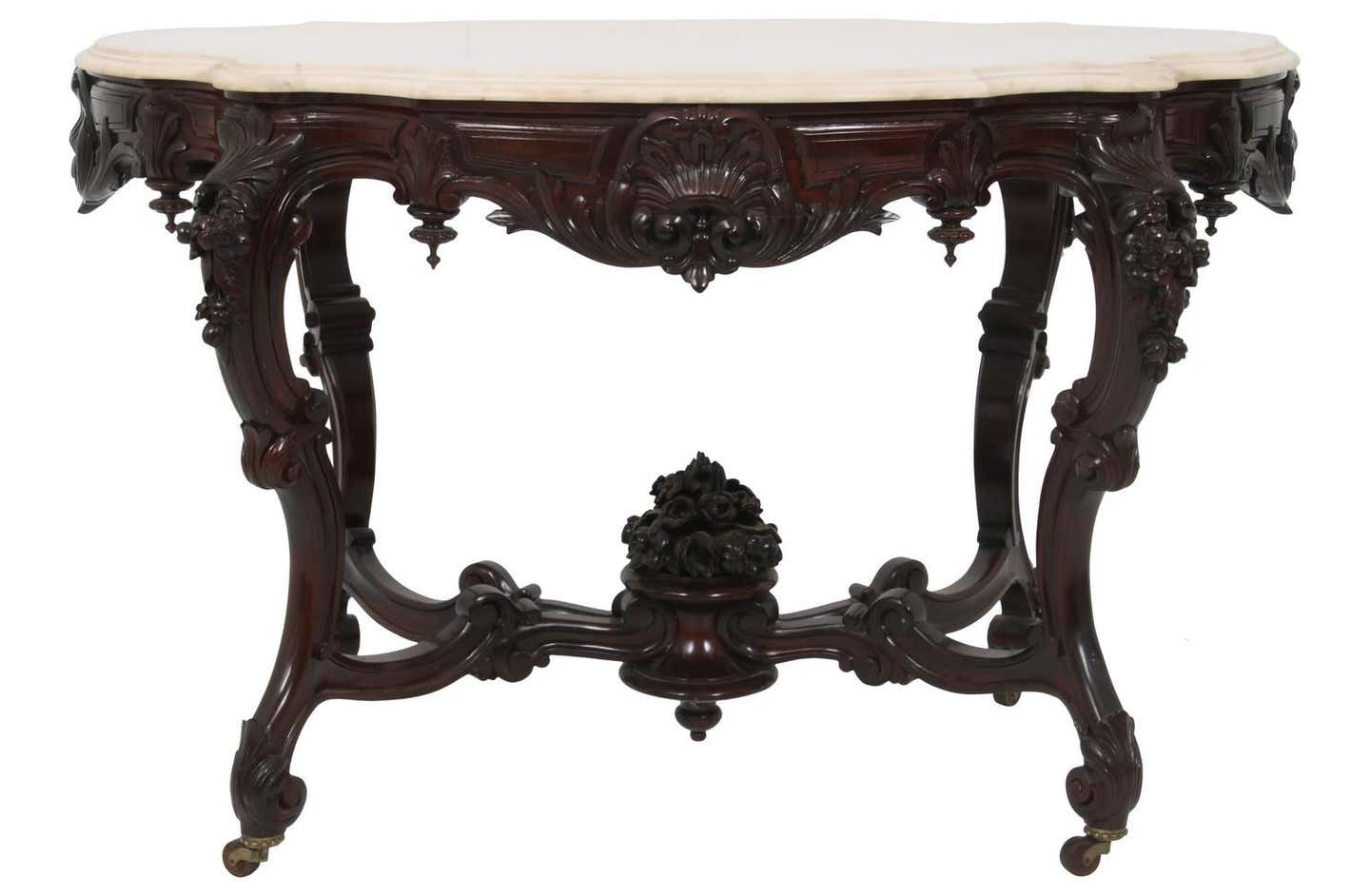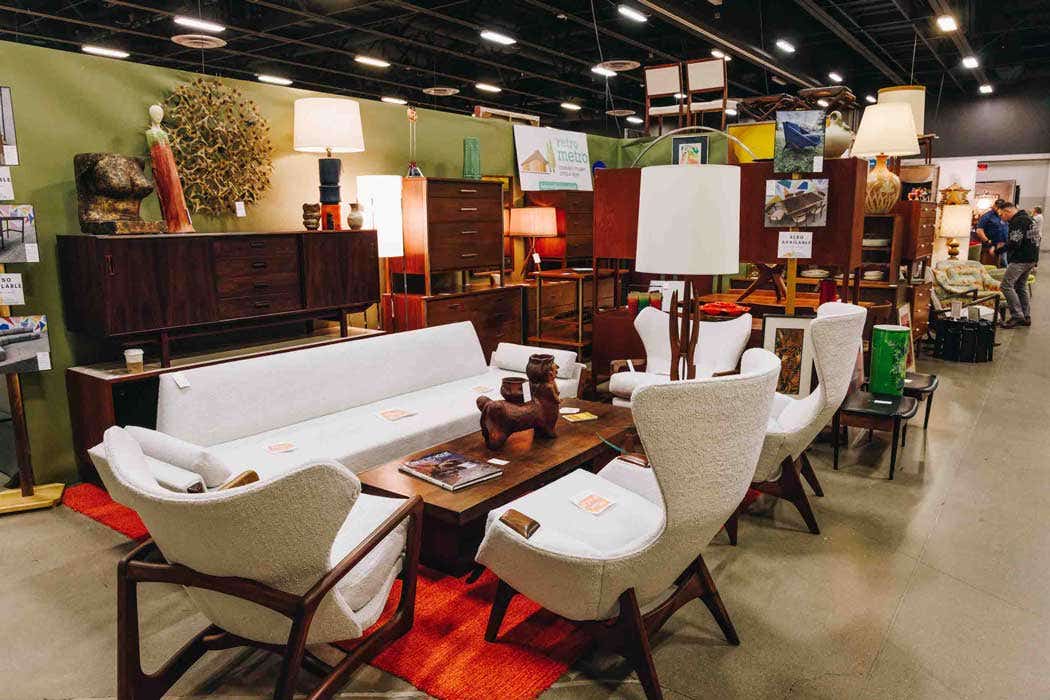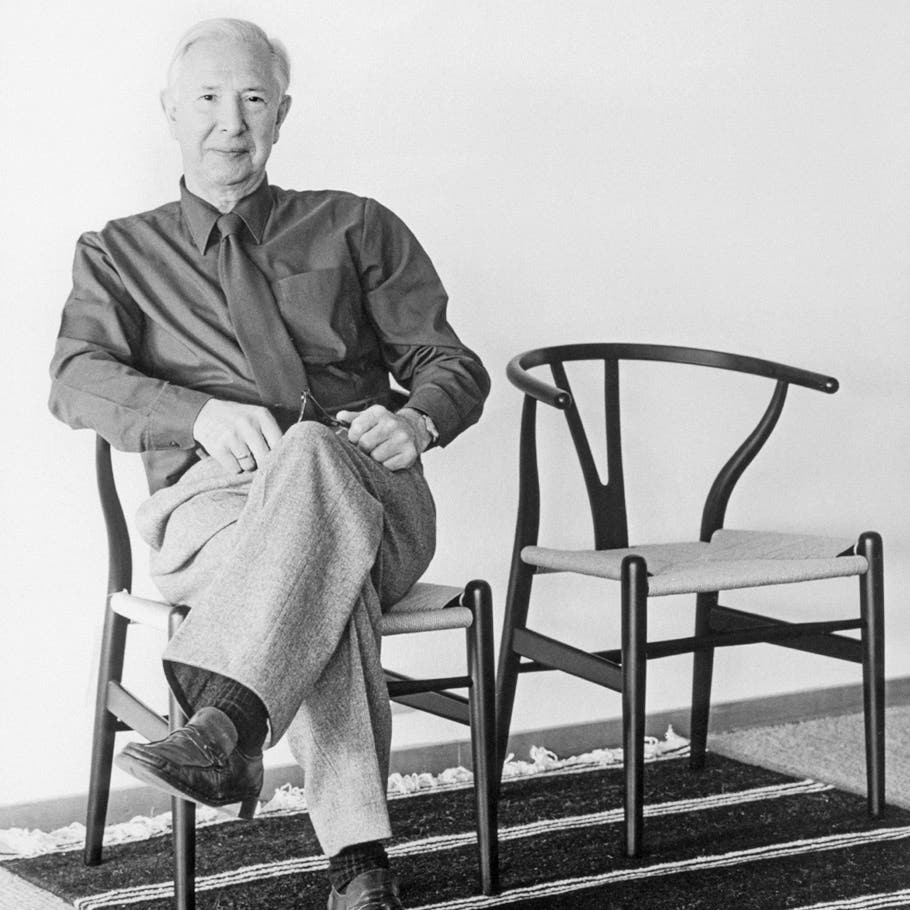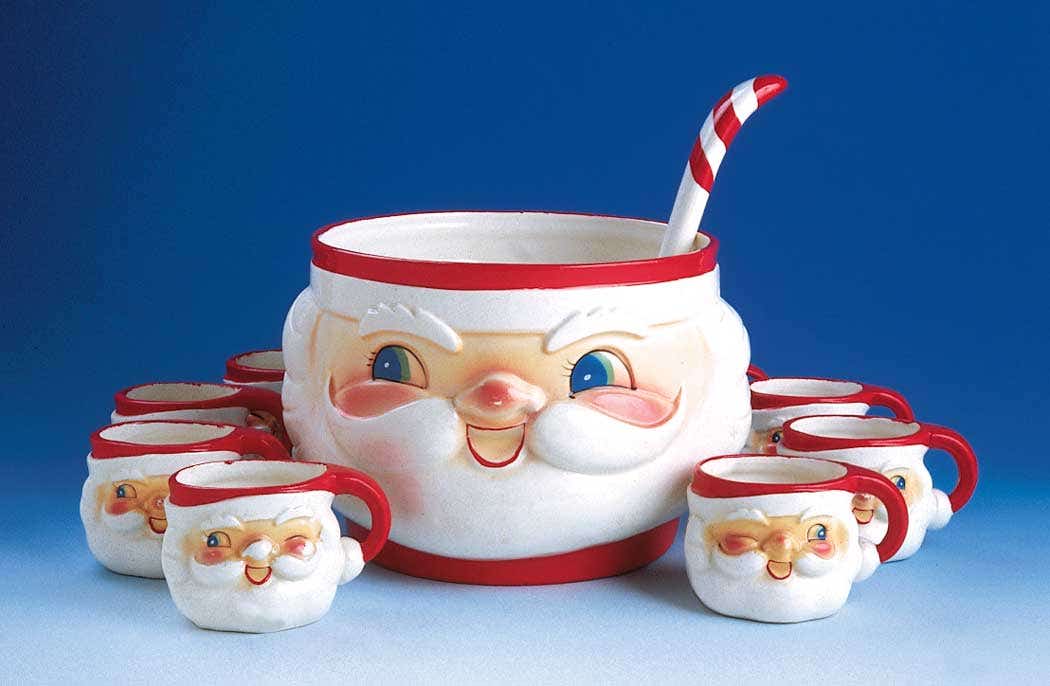Marrying functions results in new furniture forms
While we tend to think of furniture at the least as just inanimate objects or as functional art at best, we have to admit that as forms evolve they do…
While we tend to think of furniture at the least as just inanimate objects or as functional art at best, we have to admit that as forms evolve they do have a tendency to create related families. One unique creation inspires the creation of another similar and related but still somehow different form. Sounds familiar doesn’t it, especially if you have children. In this column I will take a look at some of the related family members of different groups, looking at similarities and differences.
Chest of drawers
The chest of drawers began merely as a box with a lid, a chest if you will, sitting on the floor, a convenient place to stash most of a family’s belongings and small enough to be moved quickly when the need arose. That was an admirable attribute in the unsettled Middle Ages but as times settled down so did the populace and mobility was not quite as necessary as before. Convenience came to play a role in household furnishings and one box that held everything was not exactly the height of modern convenience, especially when you had to unload the entire chest to find the item on the bottom. In the 17th century a new invention called the drawer added a new dimension to the chest providing a specialized compartment for storage of important or frequently used items.
Drawer technology rapidly improved and the addition of drawers to the family chest abounded, as additions to either the top or bottom of a chest. Eventually the top of the chest disappeared and what was left was a standing chest of drawers.
One style of chest popular in the time of Louis XVI was the semainier, a tall chest with seven drawers, one for each day of the week’s personal linen and clothing. Such tall slender chests were also called a chiffonier and that opened up an entire new family of chests.
Chifforobe
One of the more useful offspring of the chiffonier was developed late in the 19th century. It was a large standing chest with a tall slender storage space on one side fitted with hardware for hanging clothes and concealed by a full length door, often mirrored. On the other side of the cabinet was a vertical stack of drawers, perhaps with a mirror above. This uniquely American concoction combined the attributes of the chest of drawers, the chiffonier, with the convenience of the free standing closet, the wardrobe. The combined piece was called a combination of the two words that came out as chifforobe.
During the Depression era of the late 1920s and 1930s, another relative of the chest evolved. It was designed as part of a bedroom suite for use specifically by men. This cabinet had long drawers below with smaller drawers above, crowned by a section with doors. The doors opened to reveal a series of open sliding drawers for storage of folded shirts and stiff collars. This arrangement with the doors on top was called a chifforette.
Secretary
Another family line of furniture that has come a long way is that of the secretary, a form that began as simply a place to transcribe the written word. In ancient Egypt and China it was simply a box (that form has been useful for along time) that contained simple writing tools and a medium that easily could be stored and moved as the source of the spoken word moved. In the Middle Ages the boxes were called scriptorium and the slanted tops were hinged for quick access to materials. Then the box was eventually placed on a table and you know what happened next. Like Topsy in Gone With the Wind, it “just growed.”
A drawer was added here and another there and before long what had been a box on a table became a desk on a frame that supported a network of drawers. By then portability was no longer an issue and like the chest of drawers, convenience became primary and what could be more convenient than having reference books at our fingertips? With a shelf added above the desk for books the new form was called the secretary, a word derived from the Latin scriptorium and scrutoire.
The 'secretary' definition broadens
Eventually the word secretary came to be used to describe any closed desk with or without bookshelves and with or without drawers below the main desk. An early example was the 16th century Spanish vargueno, a portable chest type desk on a stand, usually with no drawers and no book shelves. In the early 18th century the secretary settled pretty much into the familiar form of the slant front desk, either as a complete cabinet or as a desk on frame. But about the same time a new version was being developed that had a complete cabinet type bookcase with doors on top of the basic secretary. This form was the bookcase/secretary that is still in vogue today in some many styles from so many periods.
But the idea of a closed desk was so attractive that it was bound to morph into other forms and one 19th century form cleverly combined the chest of drawers with the closed desk. It appeared to be simply a chest but the top drawer was in fact a drop front desk hidden behind the drawer façade that folded down. Then the desk unit pulled out halfway to provide writing room. This version of the secretary became popularly known as the “butler desk” since the height of the desk surface when extracted from the cabinet did not require the butler to sit to use the desk unit.
This variation was very much in keeping with the popular idea that a secretary drawer could be installed almost anywhere. That led to the clever concealment of secretary units in almost anything that had a top drawer including the often massive breakfront, producing the breakfront/secretary.
Before the turn of the 20th century another member joined the bookcase secretary. This new upstart had the nerve to place the bookcase on the ground attached to the desk unit rather than above it. Revolutionary! Now the user of the desk didn’t even have to arise from his seat to get a reference book. It was right there at eye level or below.
And finally to complete the circle came the unit that combined the chiffonier, the wardrobe and the secretary, the chifferobe/secretary, a unit often found in Depression era bedroom furnishings that had a drop front desk, similar to a secretaire abattant, installed in the drawer section.
With more than 30 in the antique furniture business, Fred Taylor is a household name when it comes to the practical methods of identifying older and antique furniture: construction techniques; construction materials; and style.








